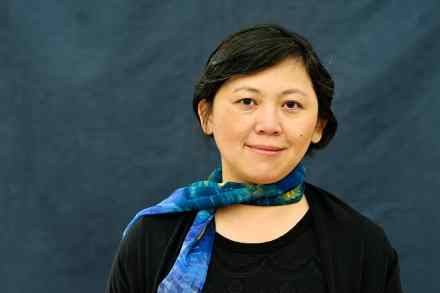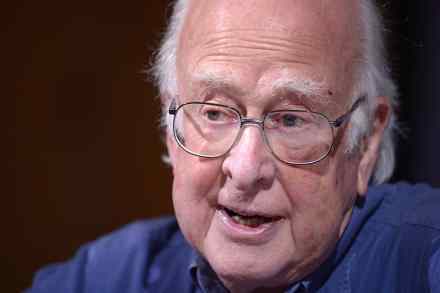My obsession with ageing rock stars – by Kate Mossman
‘The older male rock star isn’t just my specialist subject, it’s my obsession,’ admits Kate Mossman in the opening pages of Men of a Certain Age. Over the 15 years she’s spent interviewing ageing rockers such as Sting, Tom Jones, Ray Davies, Glen Campbell and Nick Cave for the Word and the New Statesman, she describes feeling ‘something inside of me ignite… so excited, yet so at ease’. ‘How is it,’ she asks, ‘that in the presence of a wrinkly rock star twice my age, I sometimes feel like I’m meeting… me?’ Having encountered my share of these guys myself, I know precisely what she means. Rock journalism is a




